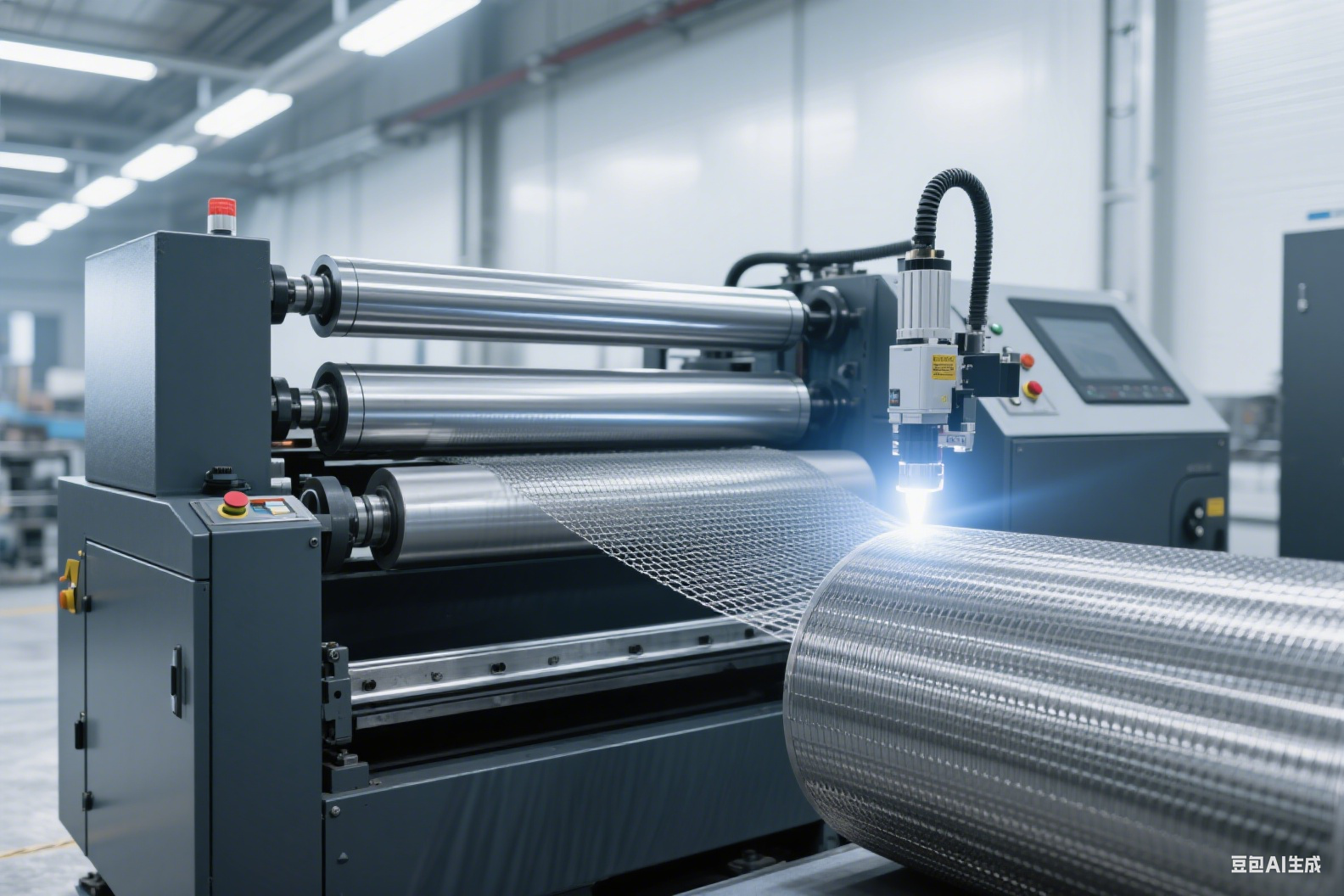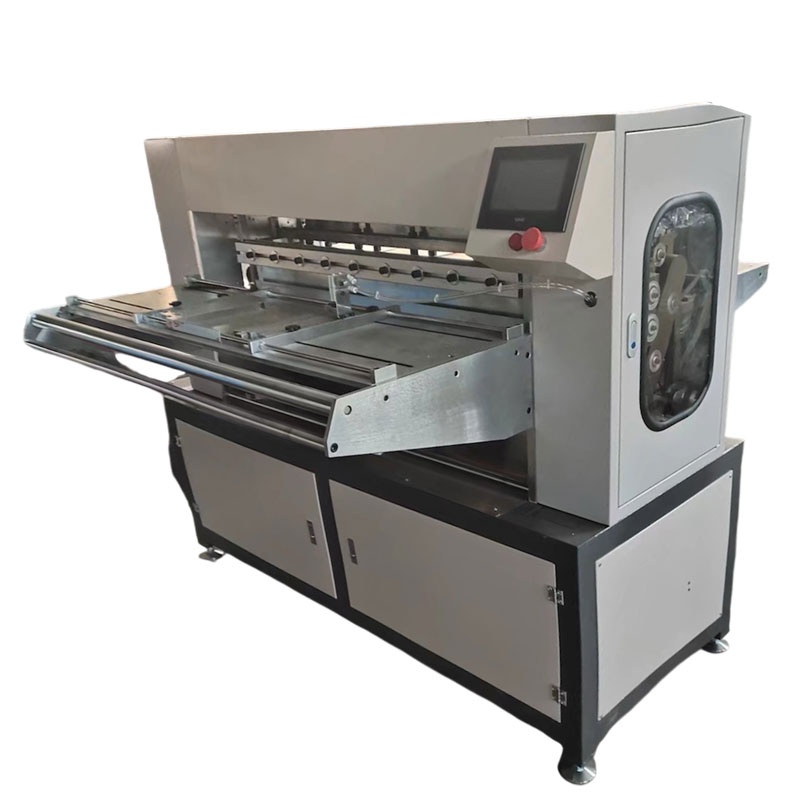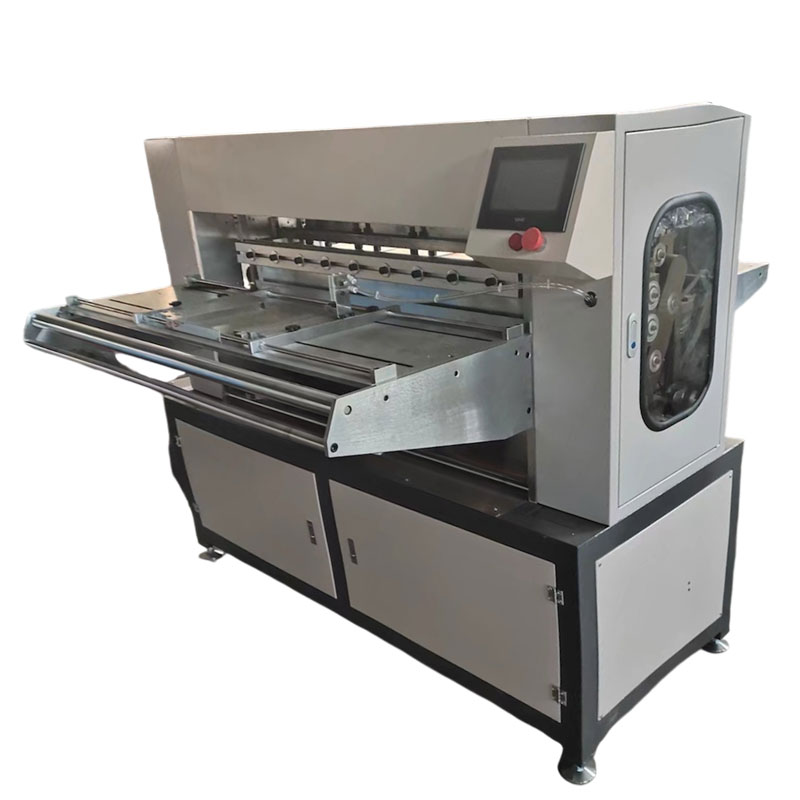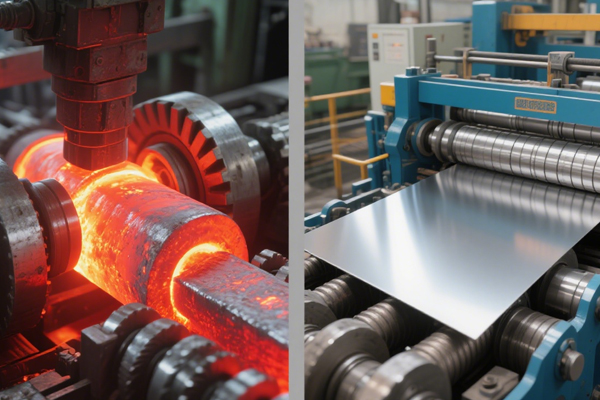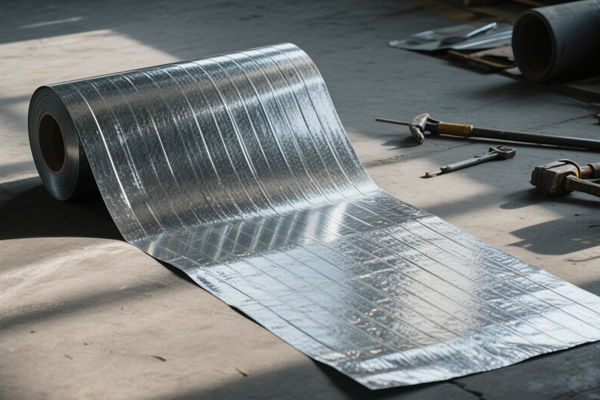The Critical Differences Between 304 vs. 316 Food-Grade Stainless Steel
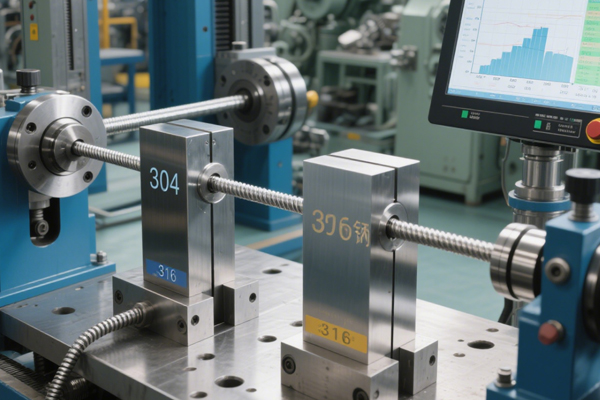
Strong 8k brings an ultra-HD IPTV experience to your living room and your pocket.
Stainless steel stands as one of humanity's most versatile engineered materials, with products spanning surgical implants to skyscraper cladding. Among over 100 stainless steel variants, 304 and 316 dominate food processing and medical applications. Both earn their "food-grade" designation through alloy compositions that resist corrosion and contamination, but their performance diverges significantly where environments turn aggressive.
The elemental makeup tells the decisive story. Industry-standard 304 stainless steel, often called 18/8 stainless steel, requires at least 18% chromium and 8% nickel to qualify. This combination creates a passive oxide layer that resists rust under normal conditions. Nickel's magic lies in stabilizing the austenitic structure - that face-centered cubic crystal arrangement granting exceptional formability and toughness. But 316 stainless steel changes the formula by introducing 2-3% molybdenum alongside 10-14% nickel and 16-18% chromium. That molybdenum addition might seem modest, but it fundamentally rewrites the material's capabilities.
Laboratory corrosion testing reveals why this matters. When exposed to salt spray, 316 endures three times longer than 304 before showing pitting corrosion. The molybdenum atoms integrate into the passive layer, forming stable molybdenum oxides that blunt chloride attacks. This translates directly to real-world performance: in coastal seafood processing plants where salt-laden air penetrates every surface, 304 equipment develops rust pits within years while 316 maintains integrity for decades. The same principle applies to medical implants exposed to bodily fluids - 316's resistance to chloride-induced stress corrosion cracking prevents catastrophic failures. This superiority extends to acidic organic compounds; dairy processors note 316 resists lactic acid erosion in fermentation vats where 304 thins prematurely.
Beyond corrosion resistance, temperature limits reveal another gap. While 304 serves adequately in most kitchen environments, industrial sterilization processes push boundaries. 304 maintains structural integrity up to 815°C (1500°F), but 316 withstands 870°C (1600°F) - a critical margin for autoclaves and high-temperature food processing lines. Acid resistance follows suit: where 304 tolerates sulfuric acid concentrations up to 5%, 316 handles 10% concentrations, making it essential for pharmaceutical manufacturing involving aggressive chemicals. Notably, 316 also outperforms in cryogenic applications; its nickel-molybdenum matrix retains impact resistance at -200°C, favoring use in liquid nitrogen food freezing systems.
The cost-performance calculus drives selection. 304's price advantage - typically 20-40% lower than 316 - makes it the default choice for manufacturers. For utensils, sinks, and refrigeration components where exposure stays mild, 304 delivers reliable performance at responsible cost. But lifecycle economics shift dramatically in harsh environments. Brewery fermentation tanks facing constant acid exposure, or marine hardware battling salt corrosion, find 316's premium justified through extended service life. One seafood processor documented replacing 304 grating every 18 months versus 316 lasting over 7 years - making the higher initial investment pay dividends. Fabrication differences matter too: 304’s lower work-hardening rate allows easier deep-drawing for complex sink bowls, while 316 requires staged annealing during heavy forming.
304 remains the workhorse for everyday food contact - affordable, corrosion-resistant enough for most kitchens, and easier to fabricate. But where chlorides, acids, extreme temperatures, or sterilization protocols enter the equation, 316's molybdenum-enhanced armor becomes indispensable. Emerging applications like lab-grown meat bioreactors now specify 316 due to its chloride resistance in nutrient baths, proving that in metallurgy as in life, small differences can define destinies.
Note: IndiBlogHub features both user-submitted and editorial content. We do not verify third-party contributions. Read our Disclaimer and Privacy Policyfor details.



